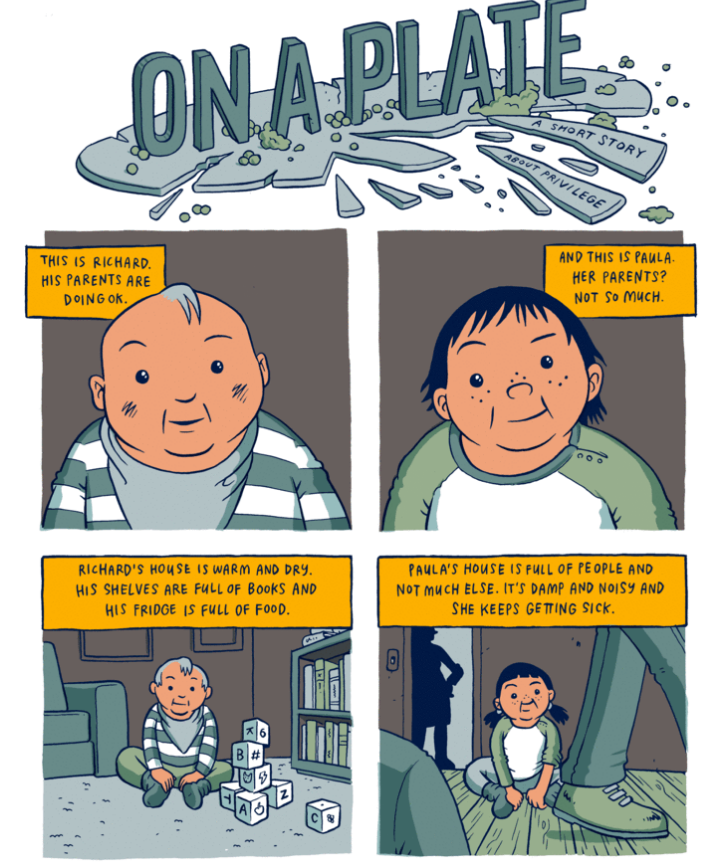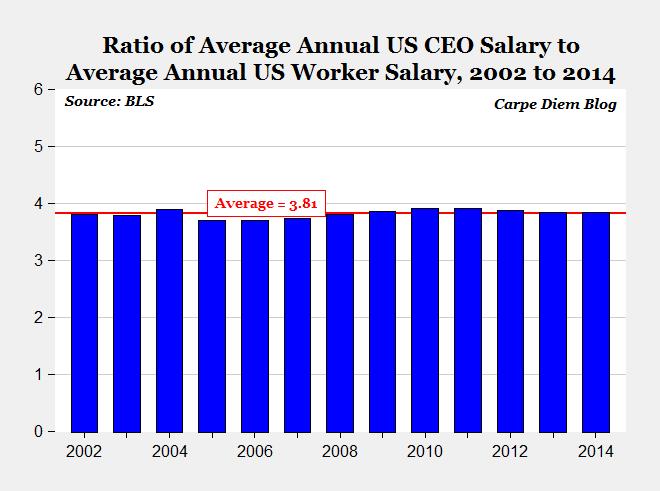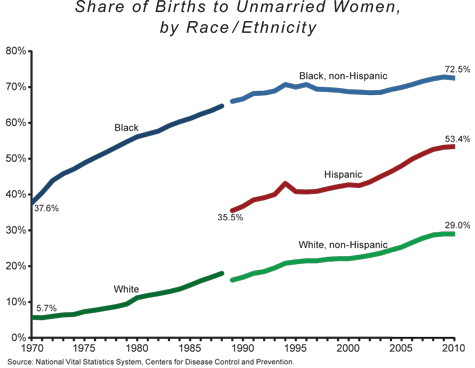So you’ve probably seen this article making the rounds: Google Finds It’s Underpaying Many Men as It Addresses Wage Equity. It’s not hard to see why. The idea that a socially-aware megacorp tried to equalize women’s pay and ended up handing out raises is not only intrinsically funny, but offers a dose of schadenfreude for all the folks who still think James Damore was fundamentally right about the tech giants ideological echo chamber. Fair enough. But I want to talk about something different, and the real reason I’m deeply skeptical of the whole idea of a gender pay gap.
The first thing to realize is that the entire concept of a pay gap is actually philosophically tricky to define. From the NYT article:
When Google conducted a study recently to determine whether the company was underpaying women and members of minority groups, it found, to the surprise of just about everyone, that men were paid less money than women for doing similar work.
OK, but how does Google define “similar work”? Probably–I’m guessing, but a guess is good enough in this case–by looking at stuff like job title. Do you think everyone who works at your company with the same job title as you is working as hard / getting as much done as you do? No? Then this isn’t a very good basis for assessing “similar work” is it?
In fact, the problem is really bad because–even if a company paid men and women equally given that they had the same job title (in this case Google appears to have paid women more) they could still discriminate at an earlier stage in the process. Thus (another quote from the NYT article):
Critics said the results of the pay study could give a false impression. Company officials acknowledged that it did not address whether women were hired at a lower pay grade than men with similar qualifications.
In other words, maybe Google pays senior developers the same (or even pays female senior developers more), but at the same time it also stacks the deck against new hires so that female applicants are more likely to get hired as regular developers and then men are more likely to get hired as senior developers. In that case, it could be true that Google is biased towards paying women more within one job title, but also that it’s biased towards paying women less overall.
Not so simple, eh?
Now, I don’t actually know if Google used job title to define “similar work” and I made the bold claim that I didn’t really care if they did or not. The reason for that is that there is no good way to measure how much work a person does. If they used job title, then that’s a bad proxy. But if they used something else, then I am confident that they used another bad proxy. Because there’s absolutely no practical way that Google could have spent the time and resources required to actually assess all of their workers. There’s a name for this in economics, for the ides that it’s basically impossible to measure how much work an employee is doing. It’s called the principle-agent problem. And, believe it or not, that’s actually the easy part. Even if you could accurately, easily, and cheaply quantify how much work your employees do (you can’t), there’s still no accepted methodology for assessing how much value that work contributed to the company. If you’re the sales guy who closes a deal that earns your company $1,000,000 in revenue you might think the answer is simple: your effort just got the company a cool million. But you didn’t do that alone. You were selling a product that you didn’t make, for one thing. So the designers, the marketing guys, and the folks on the assembly line building the widgets all need a cut. How do you attribute the value you made–$1,000,000–among all the complex, networked, interconnected contributors? Good luck with that.
So far, all I’ve really said is that trying to detect a wage gap is going to be really, really hard because assessing “similar work” is basically impossible. But there’s good news! If you understand the way markets work, you will understand that you have very, very good reason to be skeptical that men and women are really being paid different amounts for similar work.
Now, before I explain this, let me just point out that there are a lot of people who will tell you that economic models of markets are over-simplified, flawed, and misleading. They’re right, but those criticisms don’t really apply. There’s this whole controversial literature over concepts like the efficient market hypothesis that, luckily, we don’t need to get into here and now. In a nutshell, economists like to pretend (for the sake of tractable theories) that humans are perfectly rational and statistical geniuses who take all possible information into account when making purchasing decisions. If that were true, then things like market bubbles would (probably) not be possible. (It depends on the specific of your model.) So let me just say: yeah, I concede all that. Precise, mathematical models of markets are basically all wrong. We can quibble about whether they are “perpetual motion machine”-wrong or just “spherical chicken”-wrong, but whatever.
Here’s the point: in a market (even a fairly messed-up, realistic one) you’ve got a lot of companies who are all competing. Although there’s a lot going on, one vital way that one of these companies can get a leg up over its competitors is if it finds a way to offer the same good or the same service for less cost. This isn’t rocket science, this is really, really obvious. If company A and company B are both selling more or less interchangeable widgets, but company A can make them for $1.00 / each and company B can make them for $0.90 / each, then company B has a huge advantage.
So here’s the thing: if there were any real indication that you could hire a woman, pay her 70% of what you pay a man, and get “similar work”, then what you’re saying is that there’s an easy, obvious way to go out there and make your widgets for $0.70 when everyone else has to pay $1.00 to make theirs.
We don’t need to take any derivatives here. We don’t need advanced theory. We don’t need to assume that human beings are perfectly rational, hyper-calculating machines. We just have to assume that companies generally want to find ways to reduce the cost of the goods and/or services they sell. If that humble, uncontroversial assumption is true, then any perceptible evidence of a real gender pay gap would immediately be identified and exploited by the market.
If anyone could find a real gender pay gap, it would be the mother of all arbitrage opportunities. And look, folks, if there’s one thing that every red-blooded capitalist wants to find, it’s an arbitrage opportunity. This isn’t hypothetical, by the way. You look at an industry like currency trading, and companies invest huge amounts of money hiring geniuses, buying them super-computers, and paying for access to network cables that give them millisecond advantages so that they can find and identify arbitrage opportunities before the market erases them.
Because that’s what markets do. They look for chances to make free money and then they exploit them until they disappear. If you find out that you can trade your dollars for yen, your yen for rubels, your rubels for pesos, and then your pesos back to dollars and end up with more than you started with: that’s arbitrage. And you will immediately pump as much money as you can into running through that cycle. As a result, the prices will go up and the arbitrage opportunity will close. This is what markets do.
And so if there is a way out there to hire women to do men’s work for 70% (or whatever) of their pay, companies would do that instantly. And the result? Well, the first company would offer women $0.70 on the dollar, but then a competitor would offer them $0.71, and then another competitor would offer them $0.72… and pretty soon no more arbitrage.
So what’s my point?
Trying to find out if there actually is an real wage-gap is very, very hard because measuring “similar work” is difficult. But, if there is ever a whiff of a reliable, objective, solid gender pay gap it will disappear as quickly as it is spotted as the market rushes to exploit the arbitrage opportunity.
Here’s what it all comes down to: if you believe in the gender pay gap, you believe that a bunch of cold-blooded, selfish capitalists are staring at a pile of money left on the table, and not one of them is trying to get their hands on it. This isn’t a completely open-and-shut case, but it’s a very, very strongly suggestive argument that capitalism and wage inequality–of any kind: gender-based, race-based, sexual orientation-based, etc–are fundamentally incompatible in the long run. It doesn’t mean that we shouldn’t have laws against discrimination, because individual business owners might make stupid, bigoted decisions and we might decide not to wait around to let the market fix them. But it does mean that the idea of a real, persistent, ongoing gender pay-gap is like UFOs or Bigfoot or–even rarer than anything else–a free lunch.
It’s just probably not there.
 Some of the foods you can purchase through WIC.
Some of the foods you can purchase through WIC.






